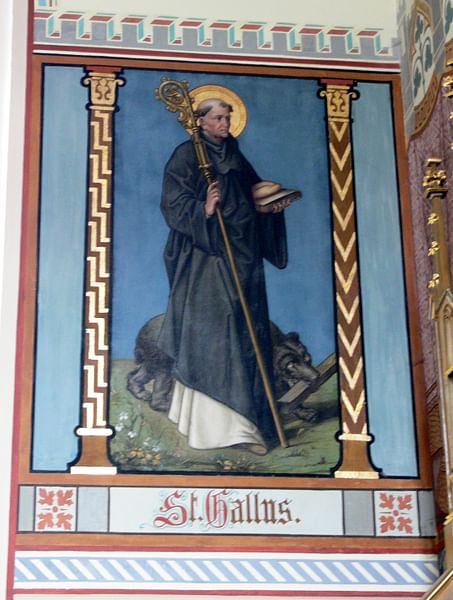
Saint Gall (c. 550 - c. 645 CE), also known as Saint Gallus, was an Irish monk who lived in what is present-day Switzerland during the 6th century CE and was one of twelve companions of Saint Columbanus' Christian mission to the European continent. This proselytization is commonly referred to as the “Hiberno-Scottish mission” by historians. Associated with various legends, myths, and miracles, Gall is chiefly remembered for this role in the spread of Christianity in Switzerland and as the founder of a hermitage that would eventually become the Abbey Cathedral of St. Gallen. Gall is thus subsequently claimed additionally as the founder of the city of St. Gallen in Switzerland and remains the city's patron saint. Gall's feast is celebrated on 16 October, and he is the patron saint of all birds.
Life & Origins
Early medieval documents written in the centuries after Saint Gall's death attest that he was a native of Bangor, which is in present-day Northern Ireland, and that he was a pupil and disciple of St. Columbanus (545-615 CE). However, this is not universally accepted by all scholars, and some believe that Gall was a native of Alsace due to his abilities in the German language. On the other hand, others claim that Gall was Irish and a follower of St. Columbanus. It is entirely possible too that Gall had Irish origins but was born somewhere in Germanic Europe.
Regardless of his origins, Gall, according to accounts from the early 9th century CE, accompanied St. Columbanus from Ireland through Britain to Merovingian France, stopping for extended periods of time in Luxeuil (Luxeuil Abbey) and Nantes. Columbanus, Gall, and the other companions traveled down the Rivers Moselle, Vosges, Rhine, Aar, and Limmat to Lake Zürich (German: Zürichsee) after a disagreement with Brunhilda of Austrasia (c. 543-613 CE) around c. 610 CE. (A powerful and efficient ruler while regent for her son, grandson, and great-grandson, Brunhilda was quite interested in Church affairs too, which brought her into direct conflict with Columbanus, her in-laws, members of the Merovingian nobility, and several Catholic bishops. She feared Columbanus' influence in Austrasia would circumscribe her own influence in ecclesial matters, hence why Columbanus was exiled from Merovingian France.) Near the banks of Lake Zürich, Gall and Columbanus attempted to establish a mission for the evangelization of the nearby Alemanni tribes and Romansh-speakers in what is present-day Tuggen, Switzerland, but they failed to win converts. Instead, their incurred a wave of persecution and subsequently had to move onward towards the safety of Bregenz in present-day Austria.
Columbanus separated from Gall at this time, continuing a journey of his own to Italy where he would found Bobbio Abbey in 614 CE, just prior to his death the following year. Gall, meanwhile, continued along the River Steinach in the vicinity of Lake Constance and Arbon. After tripping over some wild plants on along the Mülenenschlucht path of the Steinach gorge, Gall became convinced that this was the place where he should build a hermitage and preach the gospel.
Legends about St. Gall in Switzerland
While Gall is remembered for his success in the Christianization of Switzerland, much of Gall's later life in Switzerland following the foundation of his hermitage is shrouded in legend. Two monks from the Benedictine abbey of Reichenau, in present-day Germany, wrote the oldest records about the life and work of Gall: Wetti (c. 775-824 CE) and Walafrid Strabo (c. 808-849 CE). Further documents attributed to Walafrid Strabo narrate other miracles and legends about Gall in prose and verse.
One story related to Gall is that of how a bear became a close friend of the saint. The bear, which initially threatened Gall and fellow monks, soon became a close friend of the saint. This bear is even said to have brought Gall and his monastic cell wood from the forest to keep the everyone warm. The city of St. Gallen retains an image of a bear on its coat of arms.
Legends also state that Gall performed an exorcism on the noblewoman Fridiburga who was at one point betrothed to the Frankish King Sigebert III of Austrasia (r. 630–656 CE). It is reported that the demons flew out of her mouth in the form of black birds. Fridiburga is later said to have granted Gall a large abode near Arbon, Switzerland in gratitude. As Gall presumably spent much time outdoors in prayer and penitence, it is perhaps not surprising that there are also many stories about him in close company with birds and that he became the patron saint of birds. There are also various stories of his refusals to assume leadership roles in ecclesiastical positions in Constance (German: Konstanz) and Luxeuil. Gall died around the year 650 CE at the age of 95 in the near Arbon.
Abbey Cathedral in St. Gallen
Gall's hermitage and settlement grew and survived his death. In the years immediately following Gall's death, there was a church which housed his tomb (oratorium), various commercial builds, individual cells (mansiunculae), and a refectory (domus). The structures conformed found in Ireland and monasteries founded by other Irish monks in Western Europe. The church quickly attracted pilgrims from the Alemmani and Romansch populations, but it endured armed attacks in c. 680 CE and 710 CE.
Less than a hundred years later, the Abbey Cathedral of St. Gallen was founded c. 720 CE on the site of Gall's original hermitage. Relics believed to have belonged to Gall attracted numerous pilgrims from across Germanic and Latin Europe, and the city of St. Gallen grew wealthy. In the hundreds of years following Gall's death, the Abbey Cathedral of St. Gallen would become one of the chief centers of knowledge, teaching, and music in medieval, Germanic Europe. Holy Roman Emperor Louis the Pious (813-840 CE) granted the Abbey the status of an imperial institution, and the secularization of the Abbey Cathedral only occurred in 1798 CE during the occupation of Switzerland by Revolutionary France. UNESCO designated the Abbey Cathedral and the Abbey Cathedral's library, which contains some 140,000 priceless documents, as World Heritage site in 1983 CE.
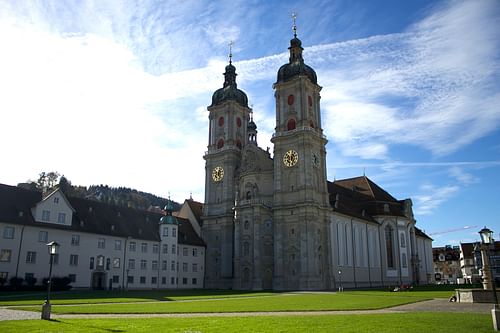
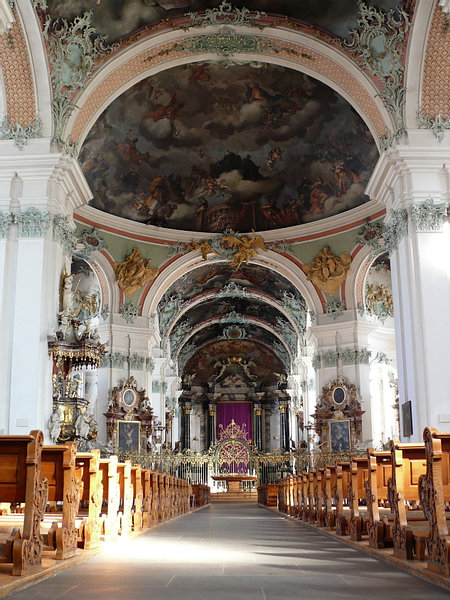

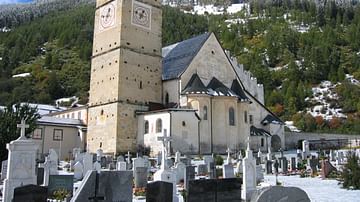
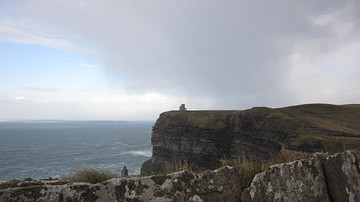

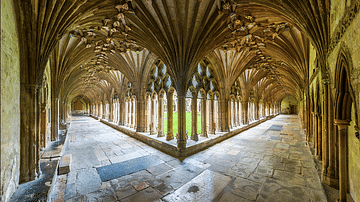
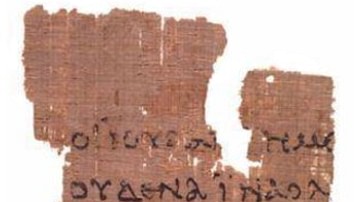


![Antiphonaire de Saint Gregoire, Fac-Simile Du Ms. de Saint-Gall [Ed.] Par L. Lambillotte... (French Edition)](https://m.media-amazon.com/images/I/417ShSSYf6L._SL160_.jpg)

